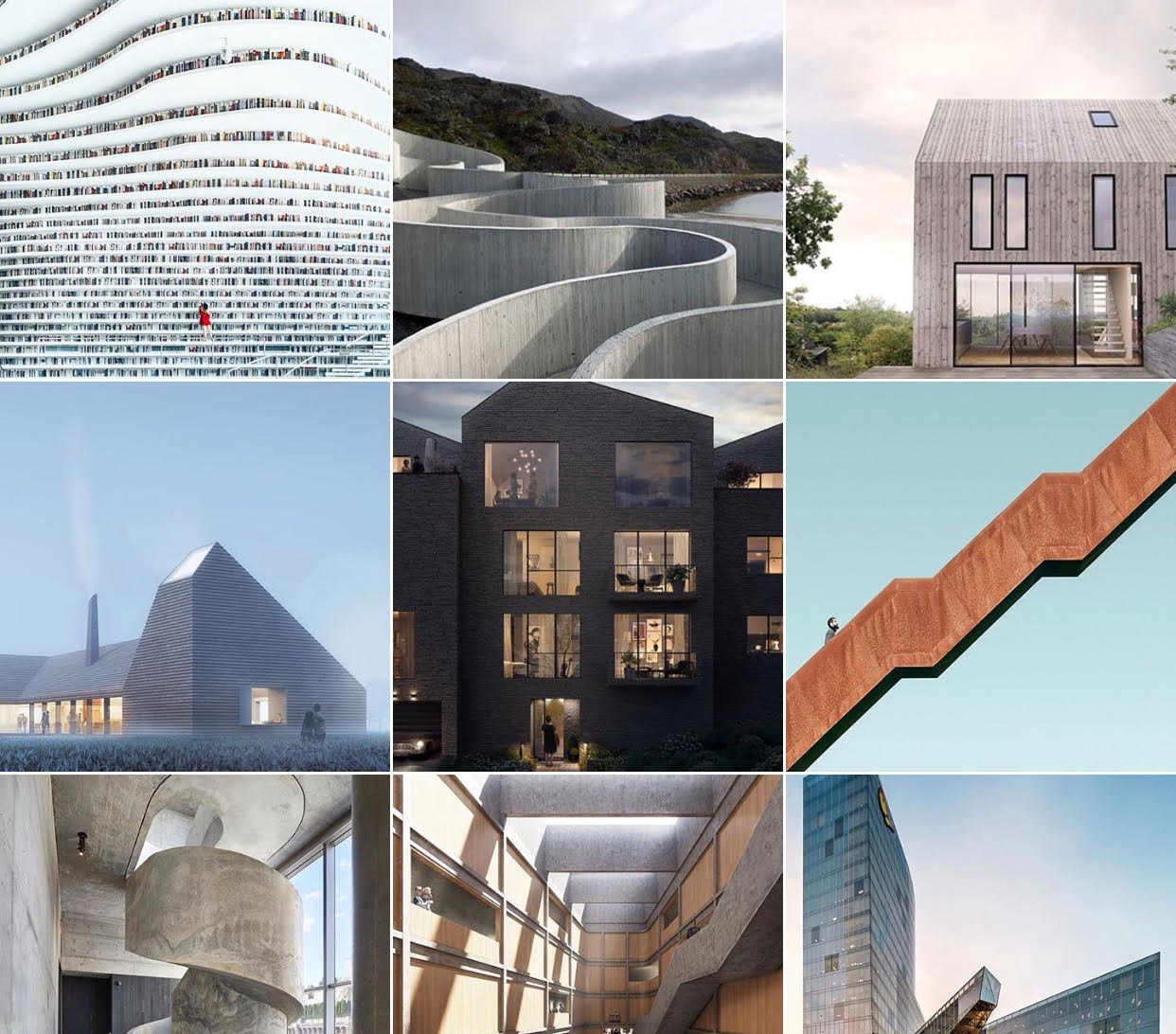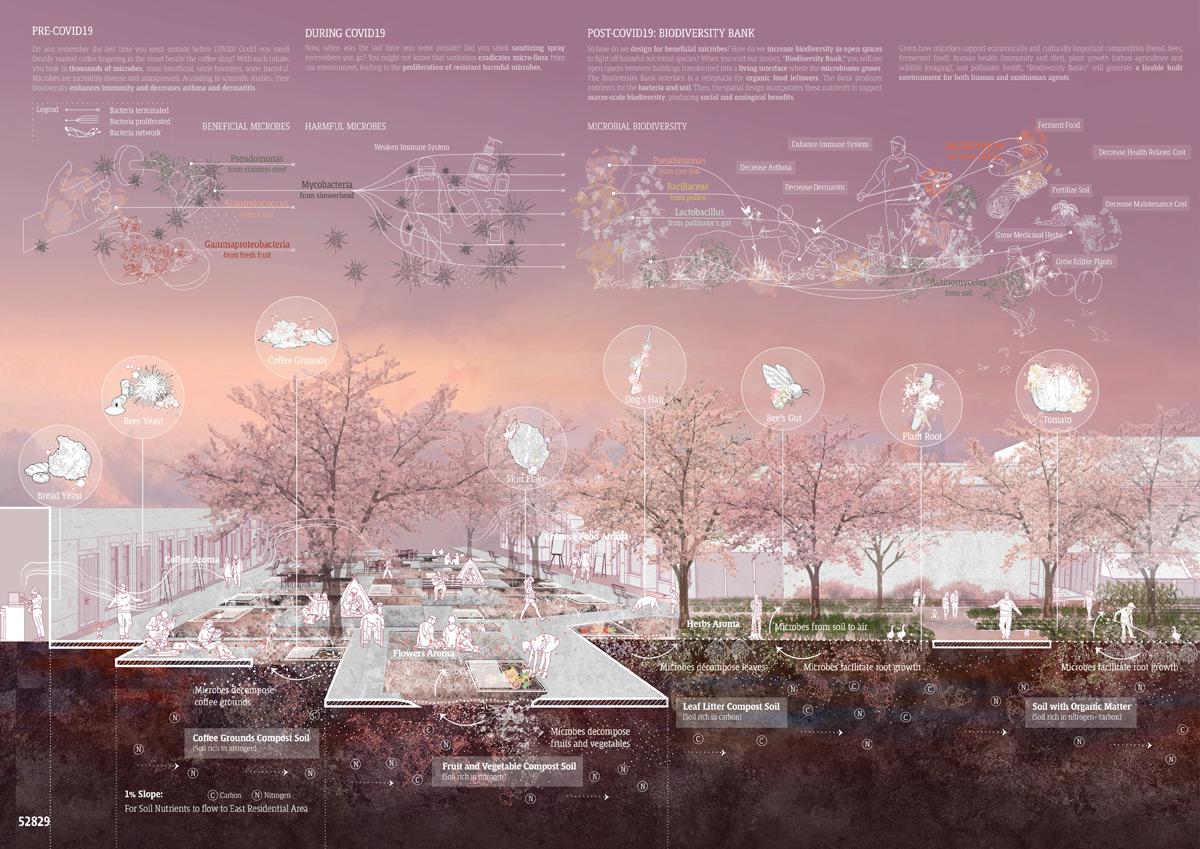Architectural presentation sheets are a crucial element of any design project, as they showcase an architect’s vision and communicate complex ideas to clients and stakeholders. Creating these sheets involves a multi-step process that starts with rough sketches and ends with polished, professional-quality presentation sheets.

Step 1: Concept Development
The first step in creating presentation sheets is to develop a concept for the project. This involves brainstorming ideas, researching existing designs and materials, and considering the needs and preferences of the client. Once the concept is developed, the architect can begin to create rough sketches of the design.
Step 2: Sketching
Sketching is a crucial part of the presentation sheet creation process, as it allows the architect to quickly experiment with different design ideas and concepts. Sketching can be done on paper or digitally, using tools such as a drawing tablet or software like SketchUp or Rhino. During this phase, the architect will refine their concept and create detailed sketches of the design.

Step 3: 3D Modeling
After the sketches are completed, the architect will create a 3D model of the design using software like AutoCAD or Revit. This allows the architect to view the design from all angles and make any necessary adjustments to the design. The 3D model will be used as a basis for the final presentation sheets.
Step 4: Renderings and Visualizations
Once the 3D model is complete, the architect will create renderings and visualizations of the design. These visualizations can be created using software such as V-Ray or Lumion, and will give the client a realistic idea of what the finished project will look like. These visualizations can be used to refine the design and make any necessary changes before moving on to the next step.

Step 5: Presentation Sheets
The final step in the process is to create the presentation sheets themselves. This involves taking the 3D model and renderings and creating a polished, professional-quality presentation that effectively communicates the design to clients and stakeholders. This can be done using software such as Adobe InDesign, and will typically include a cover page, floor plans, elevations, sections, renderings, and any other relevant information about the project.
In conclusion, the process of creating architectural presentation sheets is a multi-step process that involves concept development, sketching, 3D modeling, renderings, and the creation of the final presentation sheets themselves. By following this process, architects can effectively communicate their vision and ideas to clients and stakeholders, and create a polished, professional-quality presentation that showcases their design skills and expertise.
Architects can improve themselves on architectural presentation sheets in several ways. By continuously seeking feedback, practicing their skills, studying the work of other architects, attending workshops and training sessions, and taking breaks when needed, architects can improve their presentation sheet creation skills and create designs that effectively communicate their vision to clients and stakeholders.
Seeking feedback from colleagues, mentors, and clients can help architects identify areas for improvement in their presentation sheets. Feedback can also help them refine their design skills and better understand the needs of their clients.
Practice makes perfect, and the more architects practice sketching and 3D modeling, the more skilled they will become at creating high-quality presentation sheets. They can experiment with different software tools and techniques to find what works best for them.
Looking at the work of other architects can inspire new ideas and techniques for creating presentation sheets. By analyzing the presentation sheets of other architects, architects can learn new ways to communicate their ideas and showcase their designs.
Attending workshops and training sessions on presentation skills and software tools can help architects improve their skills and stay up-to-date with the latest trends and techniques in the industry.
Sometimes, taking a break from a project and coming back with fresh eyes can help architects identify areas for improvement and create a more impactful presentation sheet! Take some time for yourself and try looking at the presentation sheets from afar. This can be another way to improve yourself.









